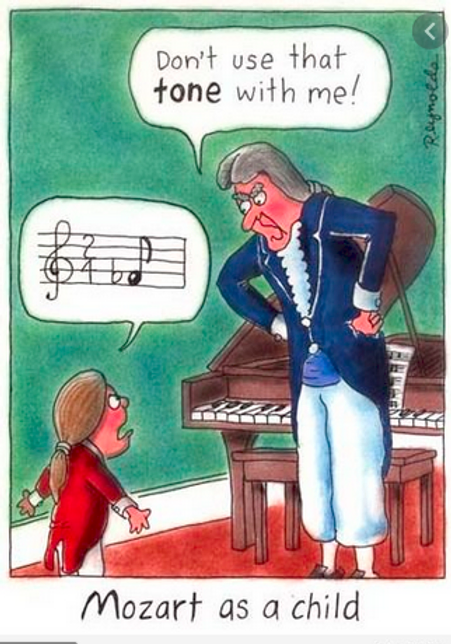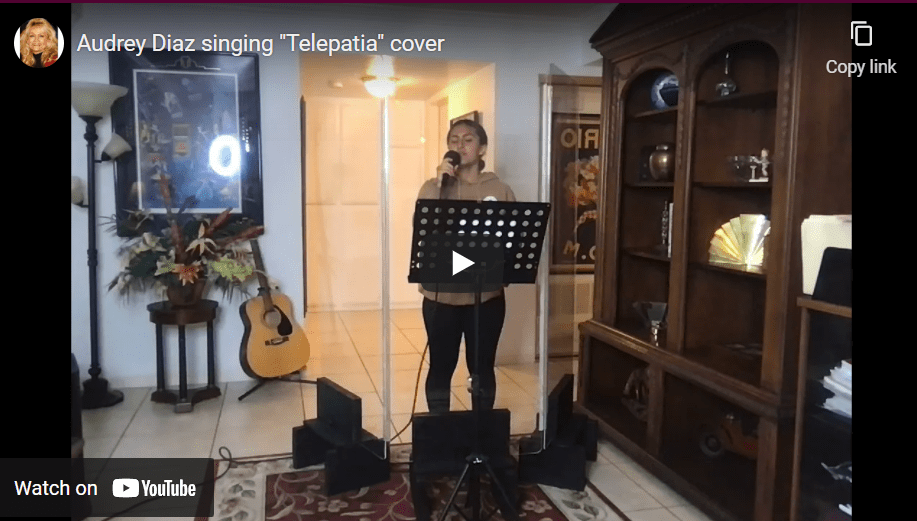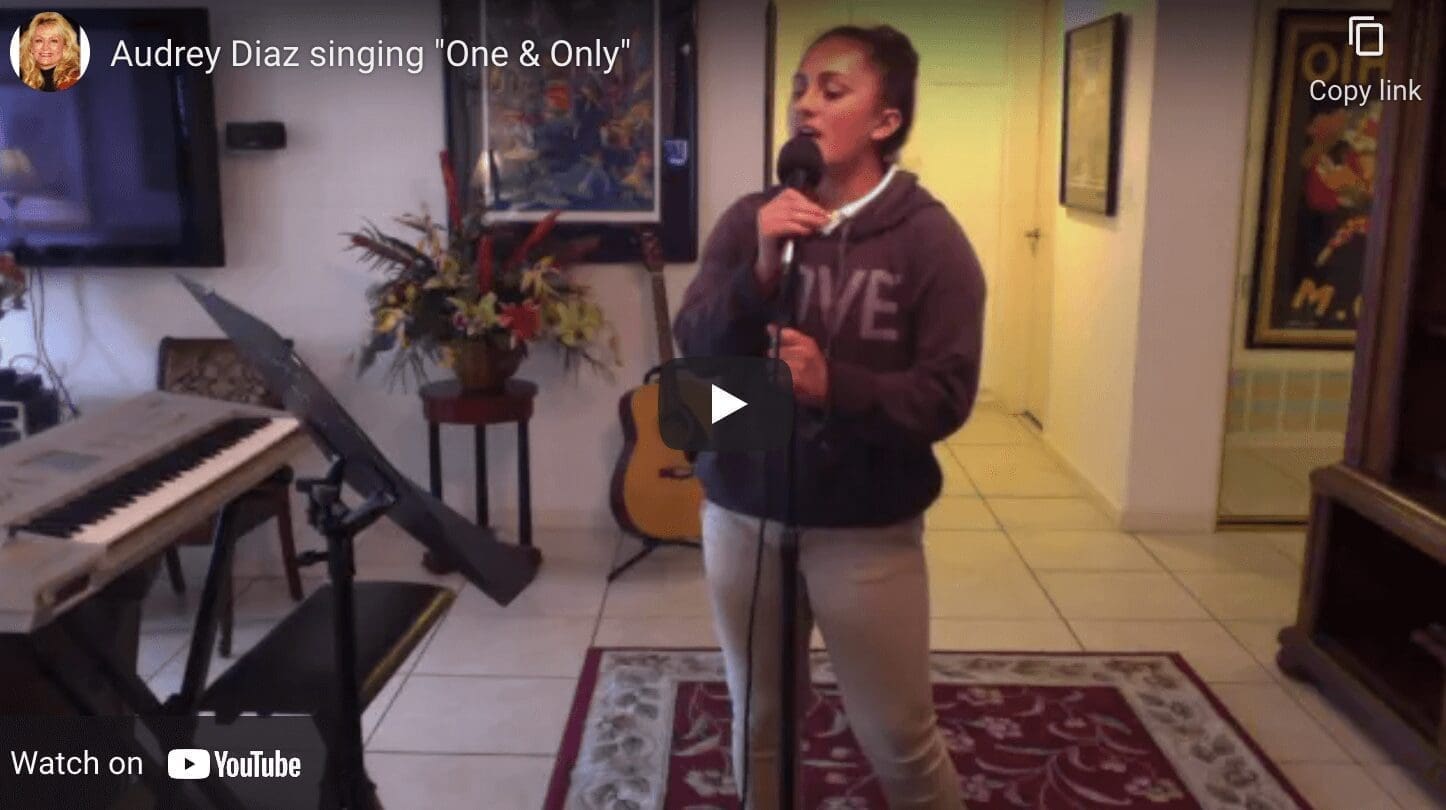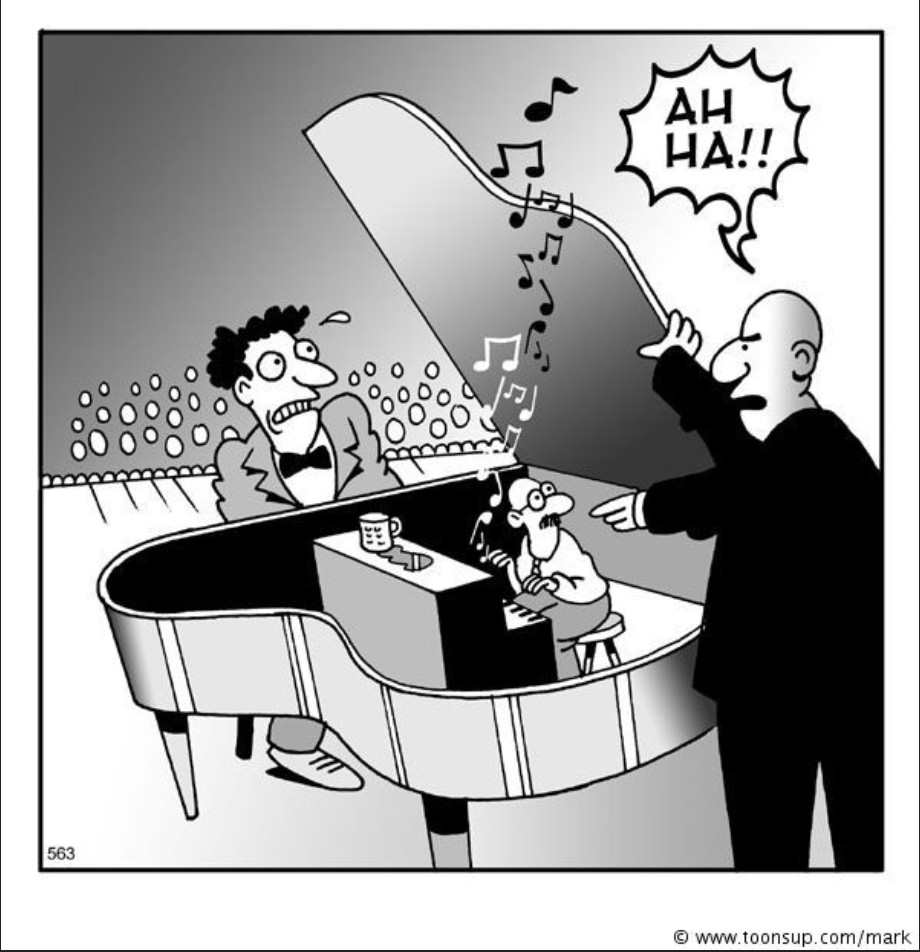Explore the Michelle Ostrove Blog
I’m sure you’ve heard the term phonation (production of speech sound), phonatory process, voicing (speech sound with resonance of the vocal cords) and they all mean the same thing. They are all describing the physical process in which sound is produced. As a singer you are converting air pressure into audible sound through vocal fold vibrations. The vocal folds (cords) produce sound through vibration. When you begin to sing, inhalation of air causes pressure to drop in the larynx. The…
Read MoreThere is such a thing as vocal color; it is the distinct quality of tone that gives color and personality to your voice. Every voice has it’s own unique timbre. Once you have established good vocal technique you need to add different shades of color. It’s like adding highlights to your hair. Tone is the overall sound of the voice. If Christina Aguilera and Adele sang the same song, it would sound completely different because of their tone and shades…
Read MoreTechnique is a skillful way of executing a song, whether it is singing or playing the piano. Technique deals with the concept of tone, musicality and expression in your performance. These techniques will improve your voice and help extend your vocal range as well as sharpen your ability to play piano. Proper vocal technique allows singers to produce a warm, rich sound that is conducive to achieving a good vocal performance. Your posture (standing tall – no slouching), breathing (from…
Read MoreTo articulate (the shape of your sounds) two vowel sounds next to each other, when you are singing, is called diphthong. You’re probably thinking, “what on earth is a diphthong?”, but it’s a real thing! It is a sound formed by two vowel sounds, next to each other in a single syllable. The sound begins as one vowel and moves into another vowel sound. For example ‘night’ ‘N-IH–EE-T’ or ‘day’ ‘D-AYY–EEE’; it has a compound vowel character or gliding vowel.…
Read MoreThe best way to sing is with a balanced voice! The balanced voice is airflow & vocal folds are brought together at the same time. This will give a singer a well-balanced connection and a natural singing voice, which creates a smooth sound. The best thing you can ever do as a singer is really build a solid foundation when you sing. It kind of like building a house, you have to have a solid foundation of cement. As a…
Read MoreBreathing is so natural and automatic to us; it’s hard to believe that we could be doing it wrong. Breath exercises for singing can dramatically improve the caliber of vocal performance. Each note and phrase are improved by breath control, which is a source of air being exhaled in steady stream, holding the notes in place. Proper breathing for a singer is crucial! Great singers learn how to control their air flow on the exhale. When you exhale the diaphragm…
Read MoreSinging in a mixed voice will produce a fuller sound in your head register. The middle voice feels like a lighter version of chest voice and a fuller version of head voice. Mixed voice combines the beautiful highs of head voice with the deep and strong lows of chest voice. It produces a fuller, powerful tone with richness in your head voice when you hit those higher notes. You will feel chest (lower register) and head (head register) vibrations at…
Read MoreThe aspirate onset is the soft vocal onset; it is the breathy singing voice like Marilyn Monroe. This is a fancy way of saying that you start with an “h” sound. The aspirate vocal onset happens when the vocal folds (cords) come together after the airflow has started to pass through. Let’s do a little exercise, if you sing “Hey Jude” from the Beatles song; start with Hey, notice the vocal folds (cords) opening as you sing the H and…
Read MoreAll types of music can be broken down into different techniques and stylistic choices. Contemporary music singers use a few different techniques to create their unique sound. What kind of music is contemporary music? The genres would include: pop, soul, r&b, rock, jazz, blues, electronic/dance, hip-hop, funk and country. Each genre uses the following four techniques to create their own unique sound. The first technique is vocal fry; this technique is used to create a sultry, raspy sound. You can…
Read MorePracticing is absolutely VITAL to take you to the next level. To become an amazing singer or pianist, there is only one way to get there…yes, practice daily! What you put into it is what you will get out of it. First thing to do is change your mind set about practice; think of it as an exciting time to enrich your brain, expand your mind and enlighten you soul. Practice as often as you can. If you start with…
Read More








